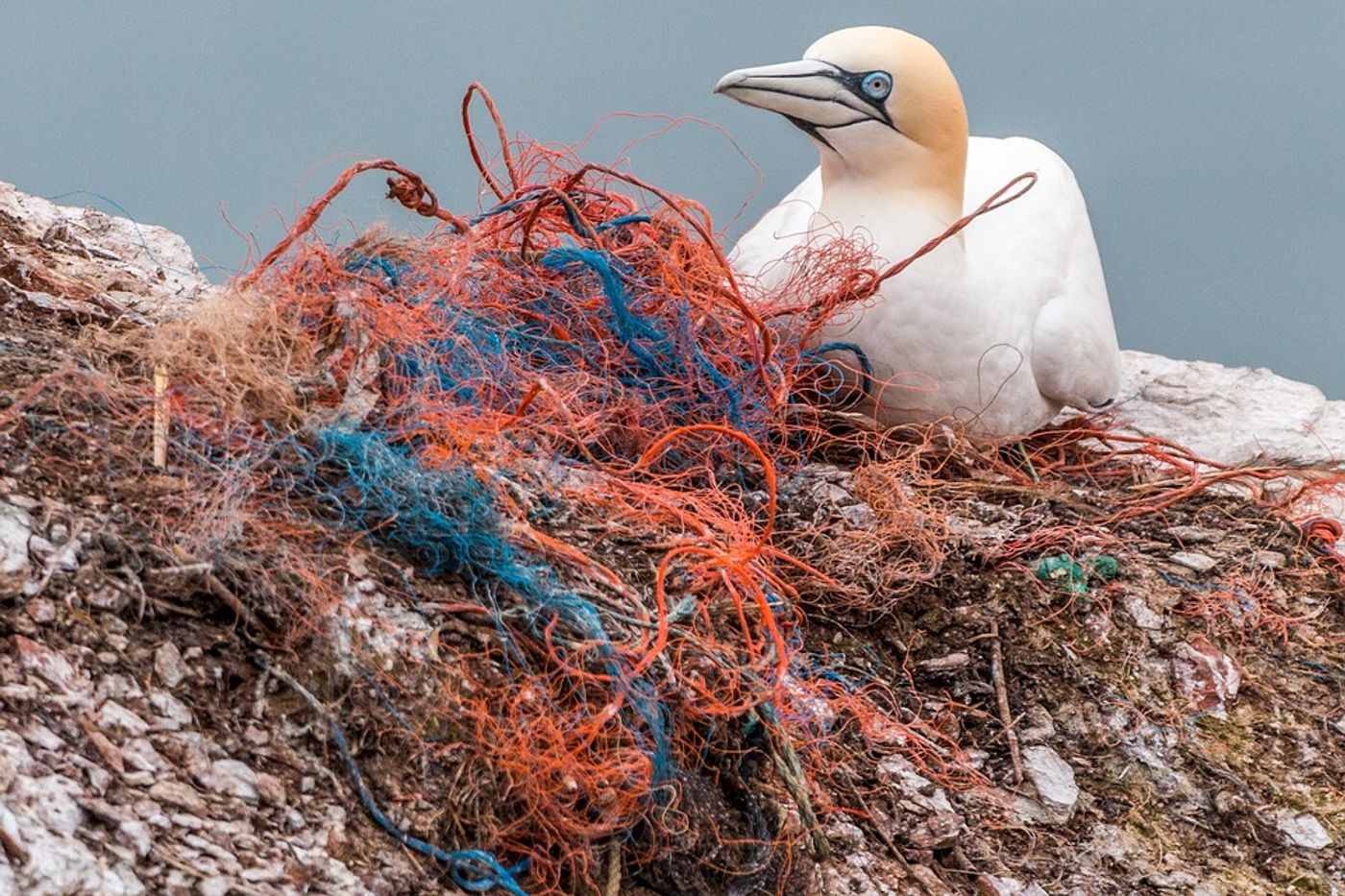New technology turns plastic waste into clean fuel
Polyolefin is a type of polymer that composes the largest group of thermoplastics, the two most important and common types of which are polyethylene and polypropylene. Polyethylene and polypropylene are used to make plastic bags and plastic packaging, among other plastic products. You are probably aware of the global plastic crisis – with an estimated 8 million tons of plastics ending up into the oceans each year and more scattering our lands, it’s hard to ignore. That’s why new research from Purdue University that uses a chemical conversion process to transform polyolefin waste into clean fuels is so crucial.
The problem is that of our endless plastics, not enough of them are or even can be recycled, comments Linda Wang, the leader of the research team and the Maxine Spencer Nichols Professor in the Davidson School of Chemical Engineering at Purdue University. According to Science Daily, “Of all the plastics produced over the past 65 years (8.3 billion tons), about 12 percent have been incinerated and only 9 percent have been recycled. The remaining 79 percent have gone into landfills or the oceans.” The technology that Wang and her team is developing came as a result of an attempt to address that problem.
"Our strategy is to create a driving force for recycling by converting polyolefin waste into a wide range of valuable products, including polymers, naphtha (a mixture of hydrocarbons), or clean fuels,” she says. “Our conversion technology has the potential to boost the profits of the recycling industry and shrink the world's plastic waste stock."
The technology, which was invented by Purdue graduate student Wang, Kai Jin and post-doc Wan-Ting (Grace) Chen and patented by the Purdue Research Foundation's Office of Technology Commercialization, has the capacity to convert more than 90 percent of polyolefin waste into valuable products like pure polymers, naphtha, fuels, or monomers. They hope in the future to be able to optimize the technology in order to produce high-quality gasoline or diesel fuels.
So how does this technology work? Using selective extraction and hydrothermal liquefaction, the plastic is first transformed into naphtha. It is later used as “a feedstock for other chemicals or further separated into specialty solvents or other products,” explains Science Daily.
Wang and her team have hope for what this technology could mean to commercial scale recycling. "Plastic waste disposal, whether recycled or thrown away, does not mean the end of the story," she said. "These plastics degrade slowly and release toxic microplastics and chemicals into the land and the water. This is a catastrophe because once these pollutants are in the oceans, they are impossible to retrieve completely."
Sources: Science Daily, ACS Sustainable Chemistry and Engineering









